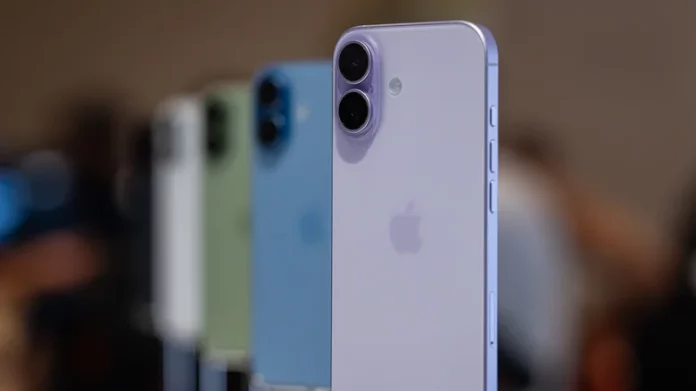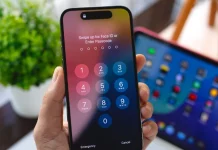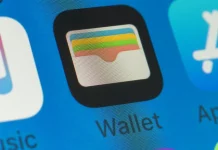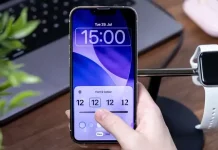There’s a lot of excitement that comes with getting a new iPhone — from experiencing the latest hardware advancements by one of the world’s leading tech companies to utilizing its powerful cameras and processors, or exploring the new features introduced in iOS 26. Unboxing your new iPhone can be a great experience, but that excitement can quickly fade if you fall into common traps that many buyers encounter.
Some of the most frequent mistakes when purchasing an iPhone include picking the wrong model, choosing insufficient storage, neglecting to protect your device properly, and purchasing a used iPhone from unreliable sellers. While not all of these missteps will ruin your purchase, some can cost you significantly, particularly if you’re buying a used device.
Knowing what to do after getting your new iPhone—whether it’s the latest iPhone 17 or another model—is crucial to maximize your investment. Whether you’re switching from Android, buying your first smartphone, or upgrading your current phone, keeping these points in mind can help you avoid costly errors.
Choosing the Wrong iPhone Model
One of the simplest yet most common mistakes is selecting the wrong iPhone model, especially if you’re a first-time buyer. Apple’s current lineup, for instance, includes several variations such as the iPhone 17, iPhone Air, iPhone 17 Pro, and iPhone 17 Pro Max. Each model offers distinct features and benefits that cater to different needs. For example, if you prioritize camera capabilities, the Pro or Pro Max models with enhanced camera systems are more suitable than the iPhone Air, which has a single 48MP camera. Understanding the specific features and how they align with your usage can prevent you from overspending or missing out on desired functionality.
Choosing Insufficient Storage
Storage options vary widely across iPhone models, ranging from 256GB to 2TB in some Pro Max models. It’s important to assess your storage needs carefully, considering how much space your photos, videos, apps, and other data will require. While you can manage storage with iCloud, the free tier offers only 5GB, and additional storage comes at a cost. Opting for more storage upfront can save headaches later, as running out of space can diminish your user experience.
Protecting Your Investment
Apple devices are premium products, and protecting them adequately is essential. Misjudging how sturdy your iPhone model is can lead to costly screen repairs or other damage. While newer models like the iPhone 17 Pro Max have demonstrated impressive durability in drop tests, using a protective case tailored to your lifestyle is still recommended. For active users or those working in demanding environments, a rugged case may be essential, whereas others might prefer a slim case or no case at all. Additionally, a screen protector adds a valuable layer of defense. For those who prefer minimal protection, AppleCare+ or AppleCare One offers comprehensive coverage against accidental damage.
Avoiding Risks When Buying Used iPhones
Opting for a used iPhone can be budget-friendly, but it carries risks if not done cautiously. The safest option is purchasing from Apple’s certified Refurbished iPhone Store, ensuring quality and warranty. When buying from other sources, distinguishing between reputable resellers, retail stores, and individuals is vital. Avoid platforms prone to scams or theft, like Facebook Marketplace or Craigslist. When possible, inspect the device physically and verify its IMEI number to confirm it hasn’t been stolen. Doing your homework when buying a used device helps steer clear of potential problems and ensures a better purchase experience.





